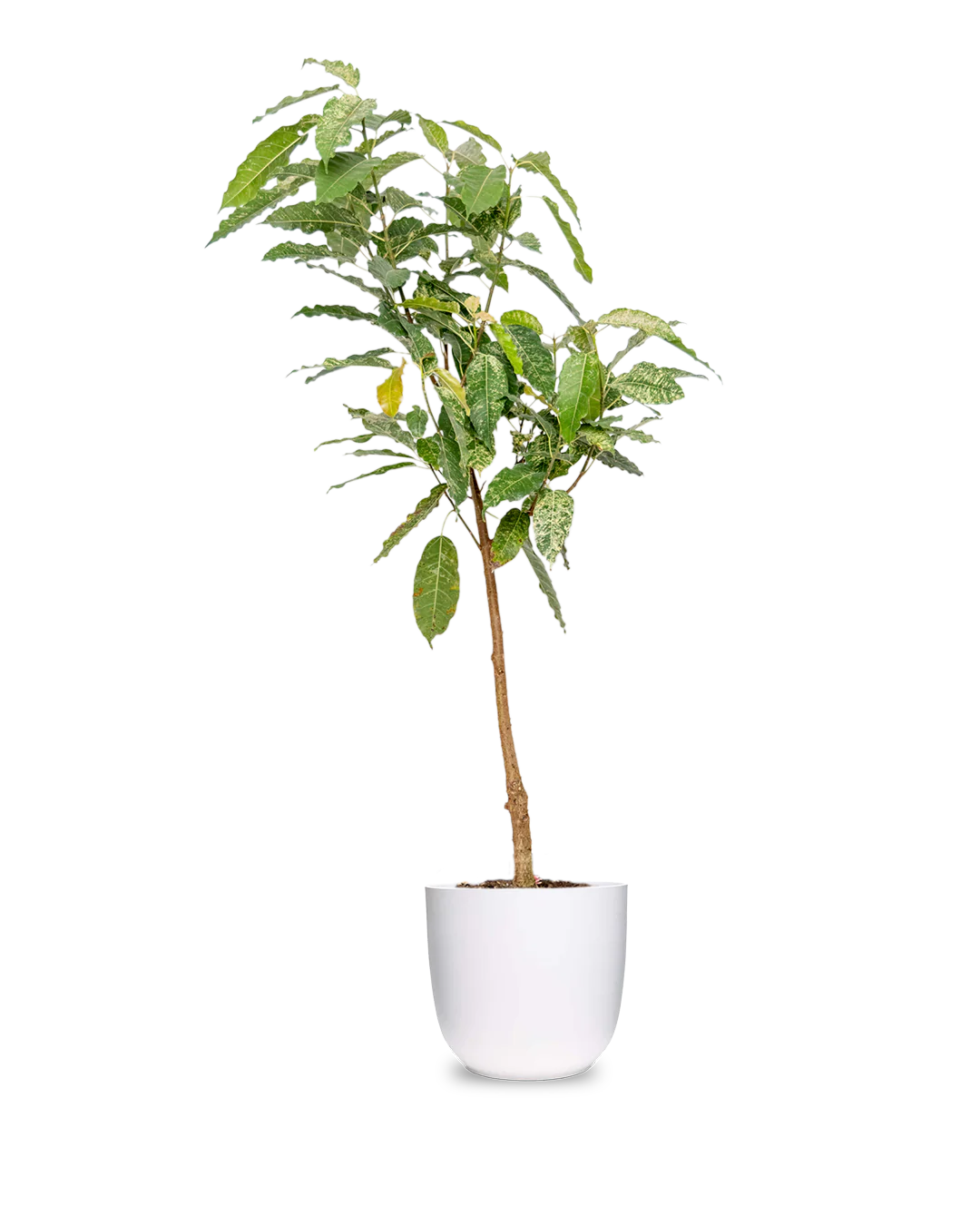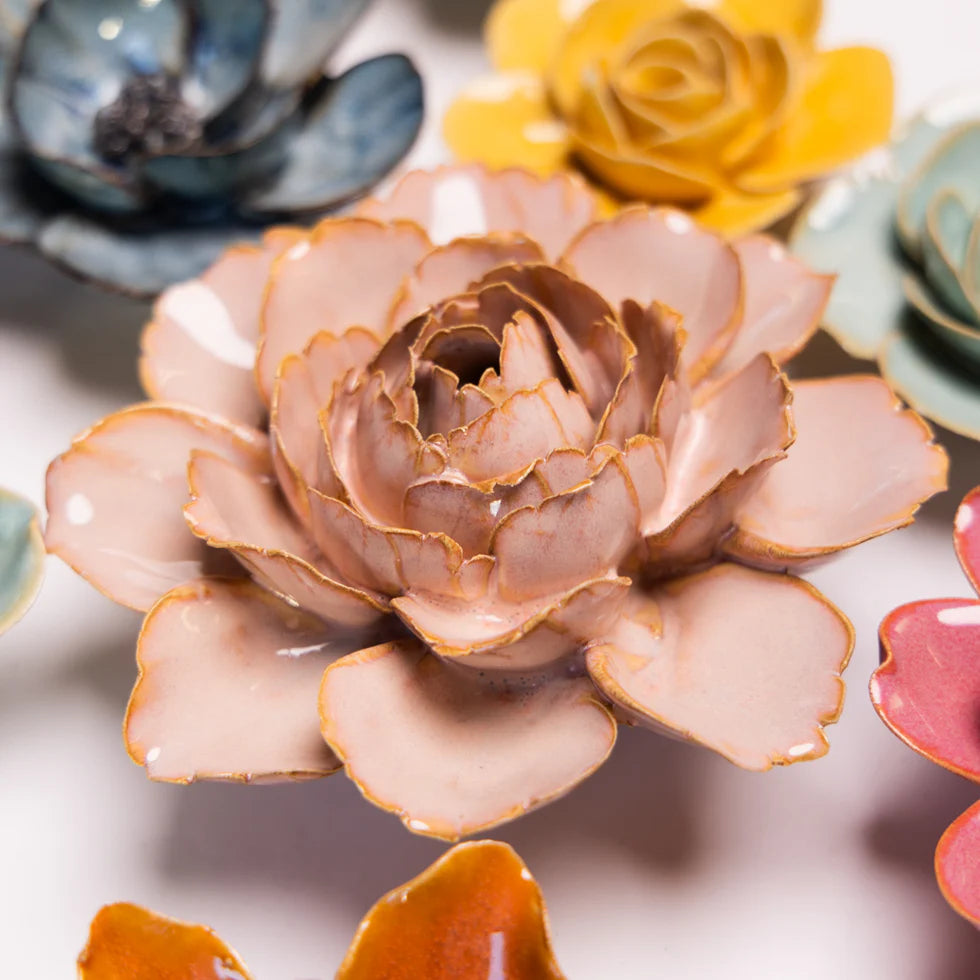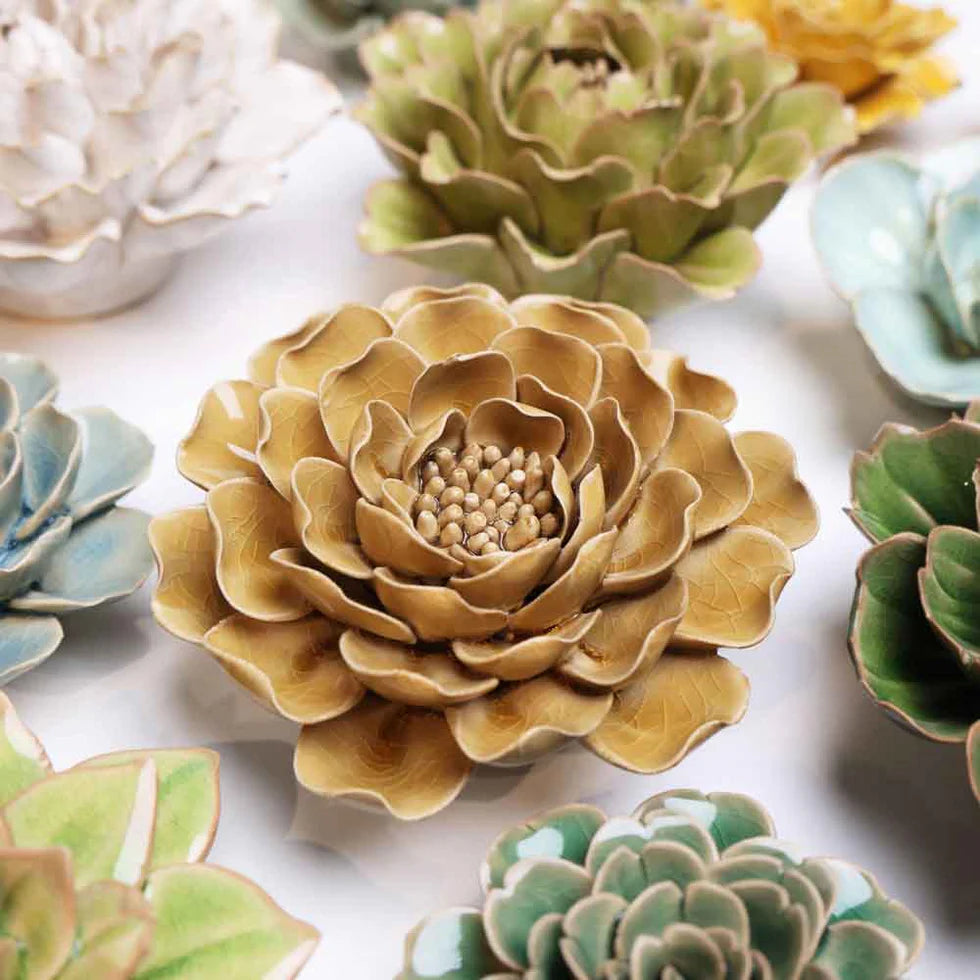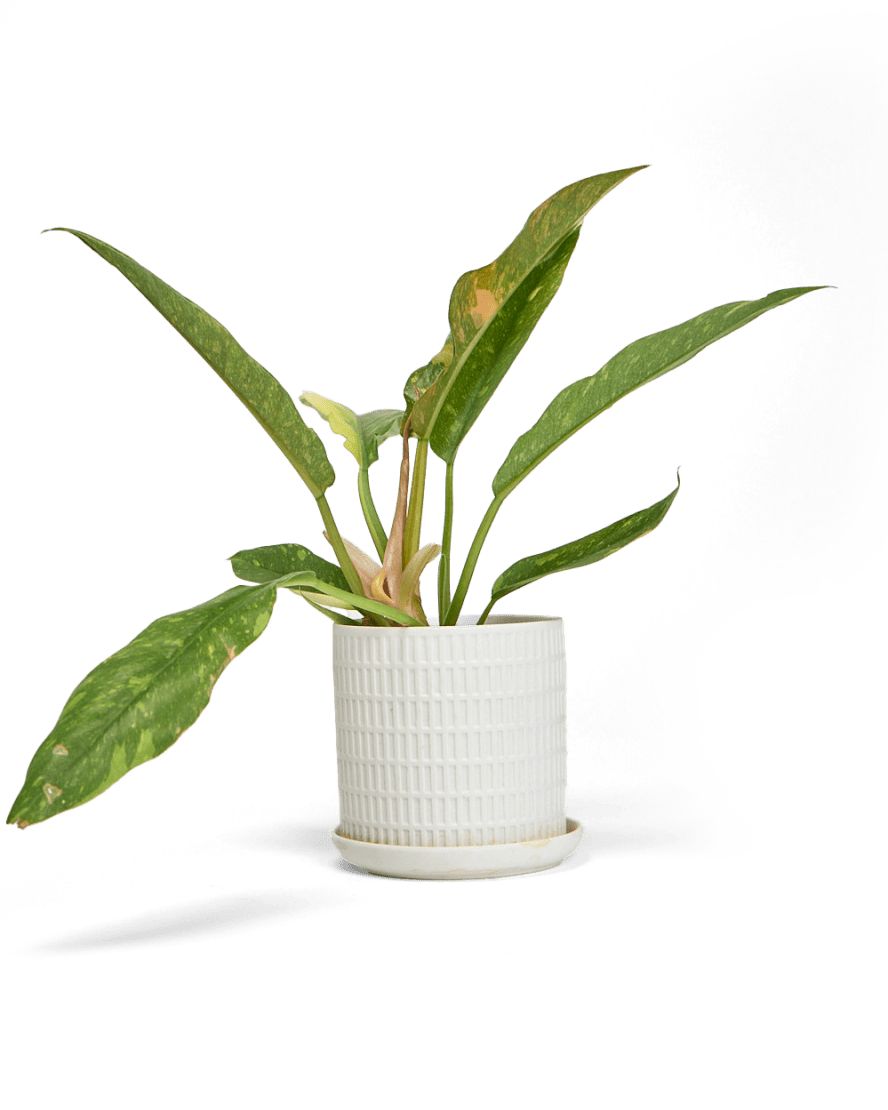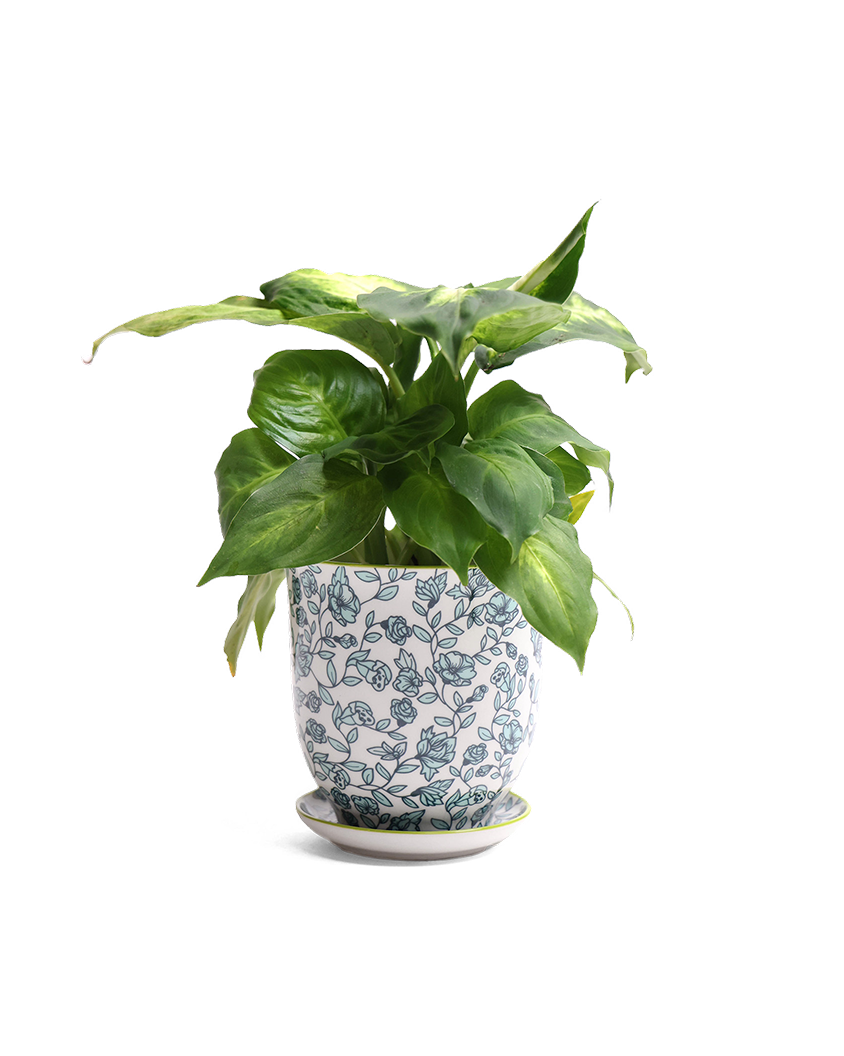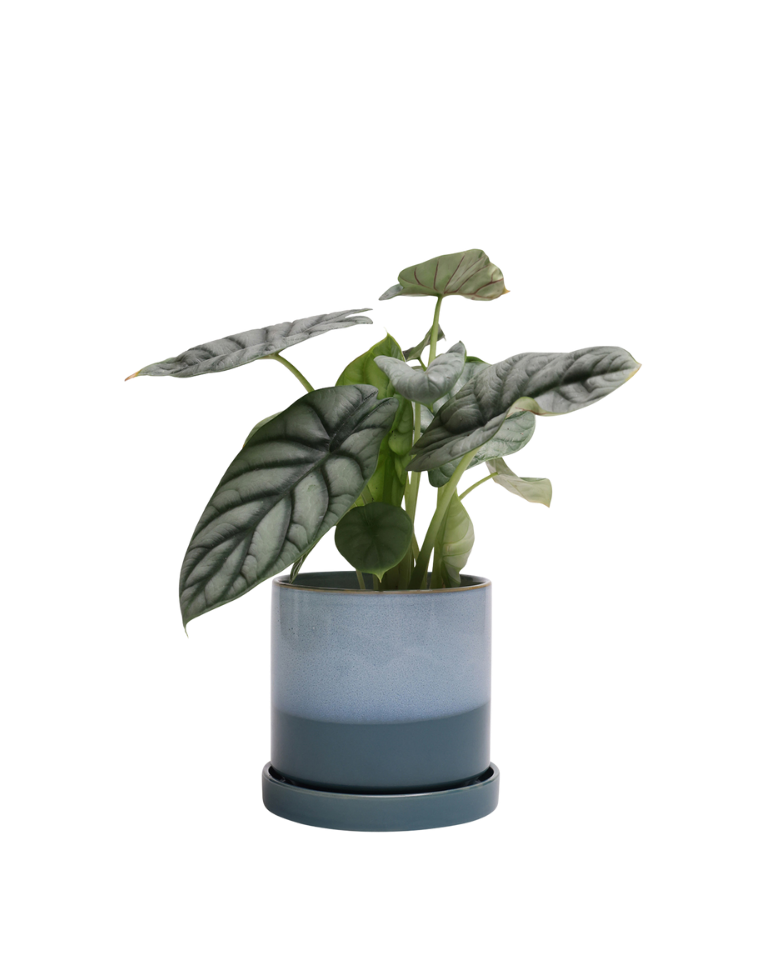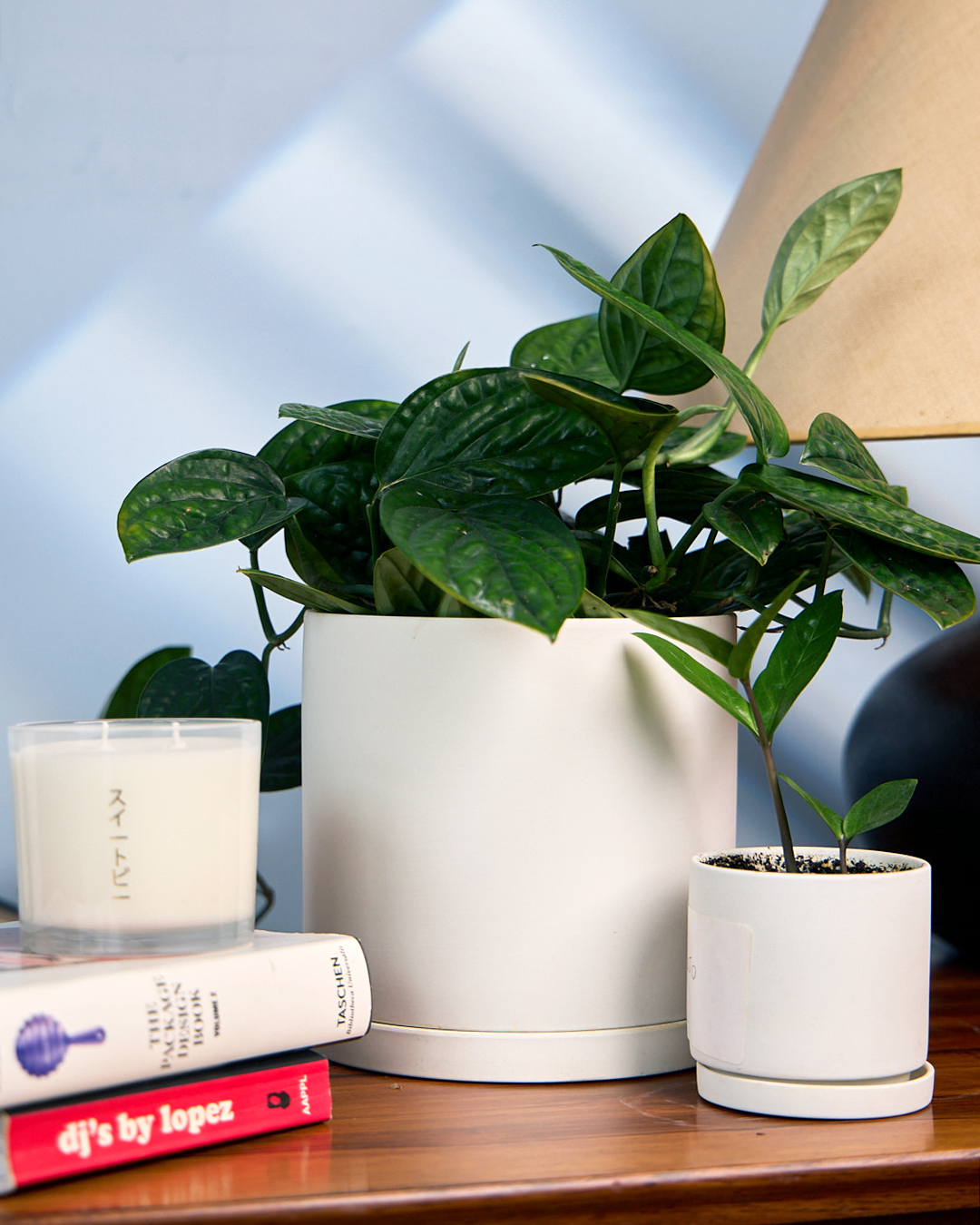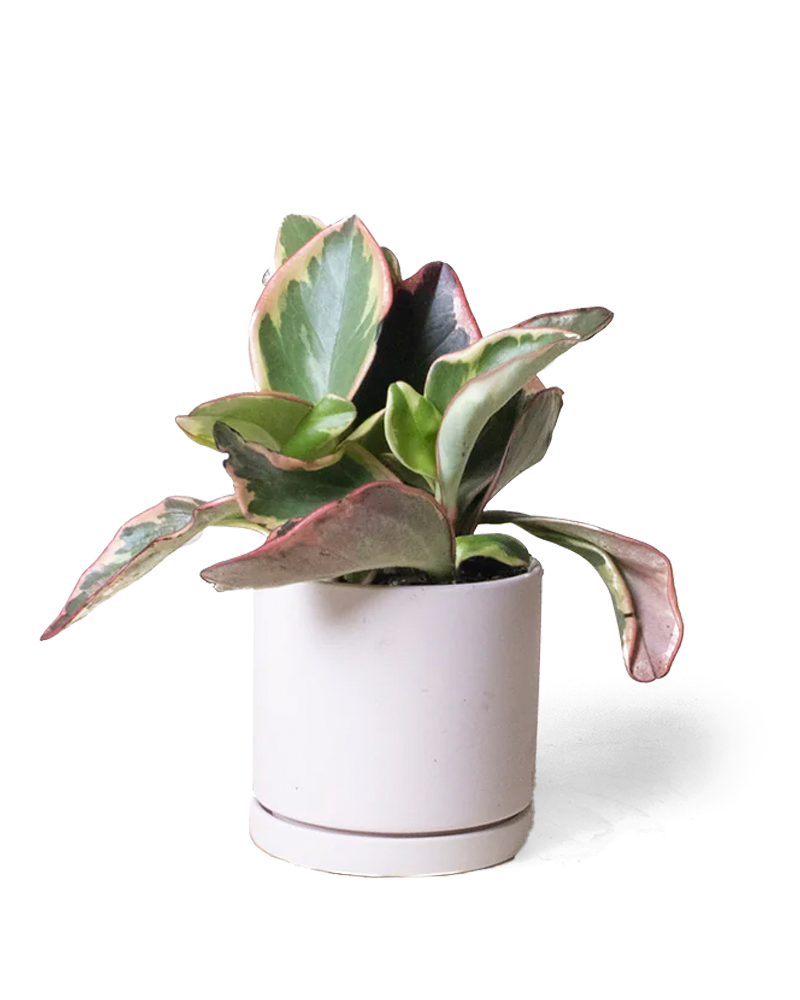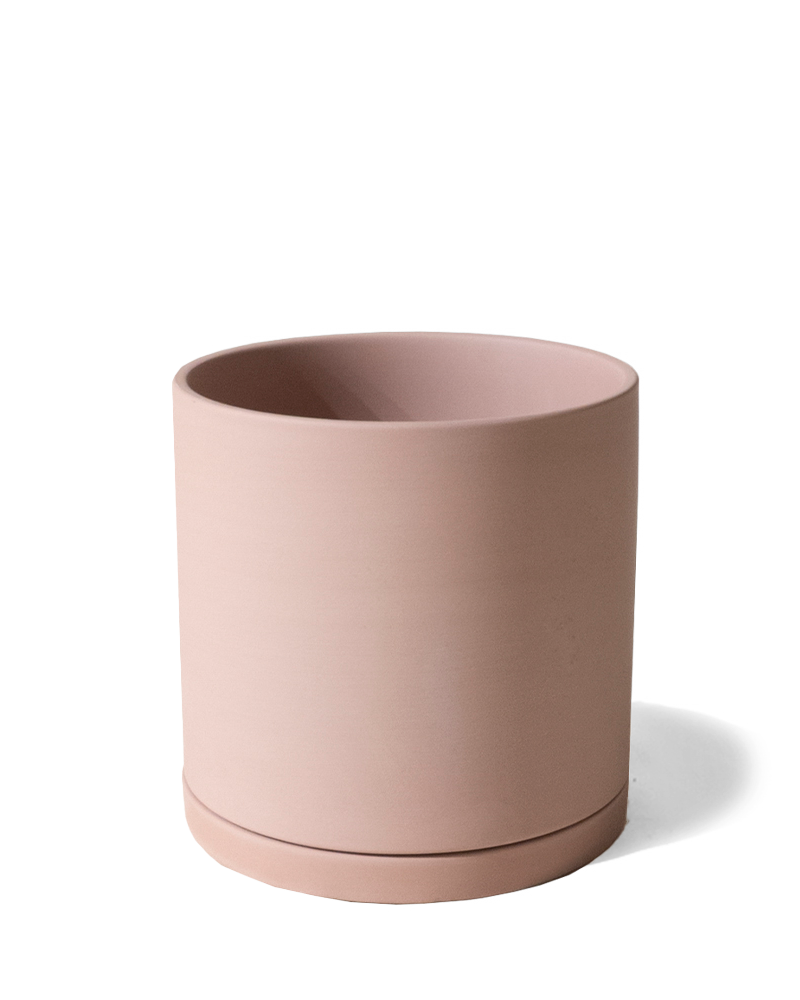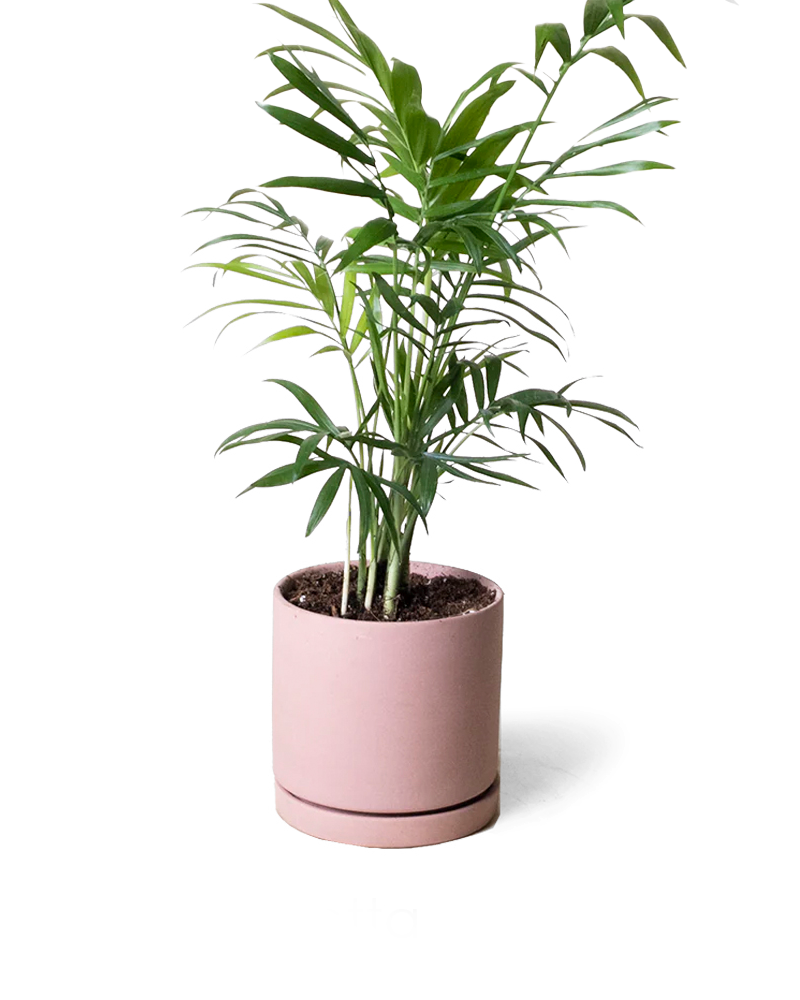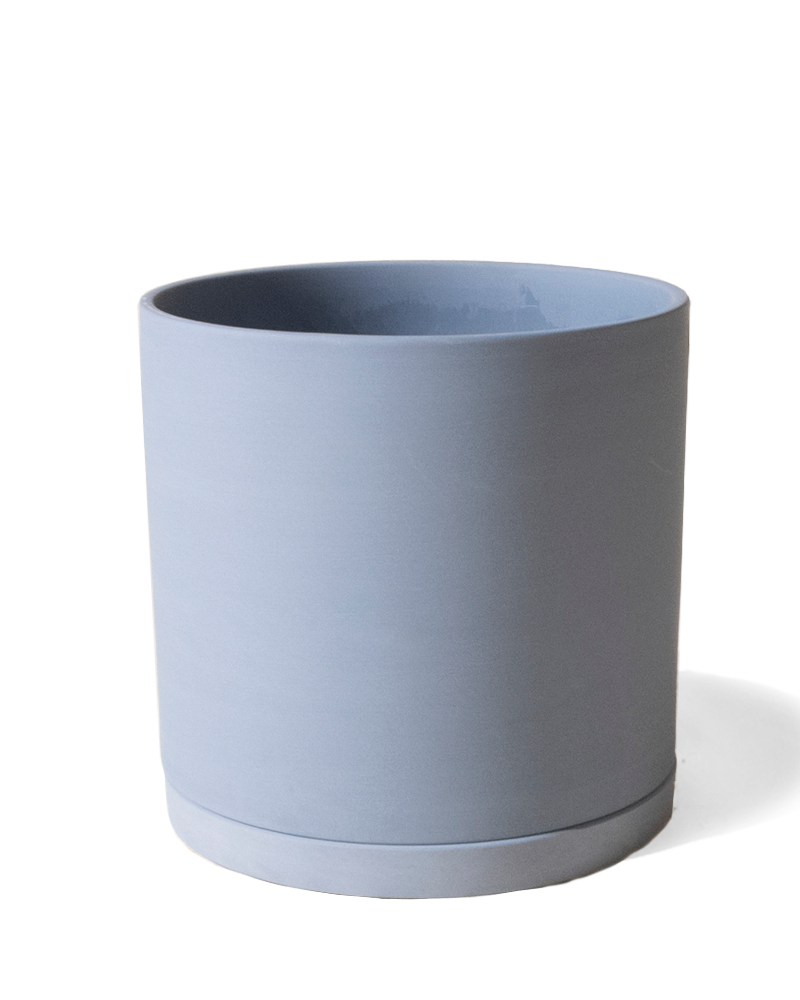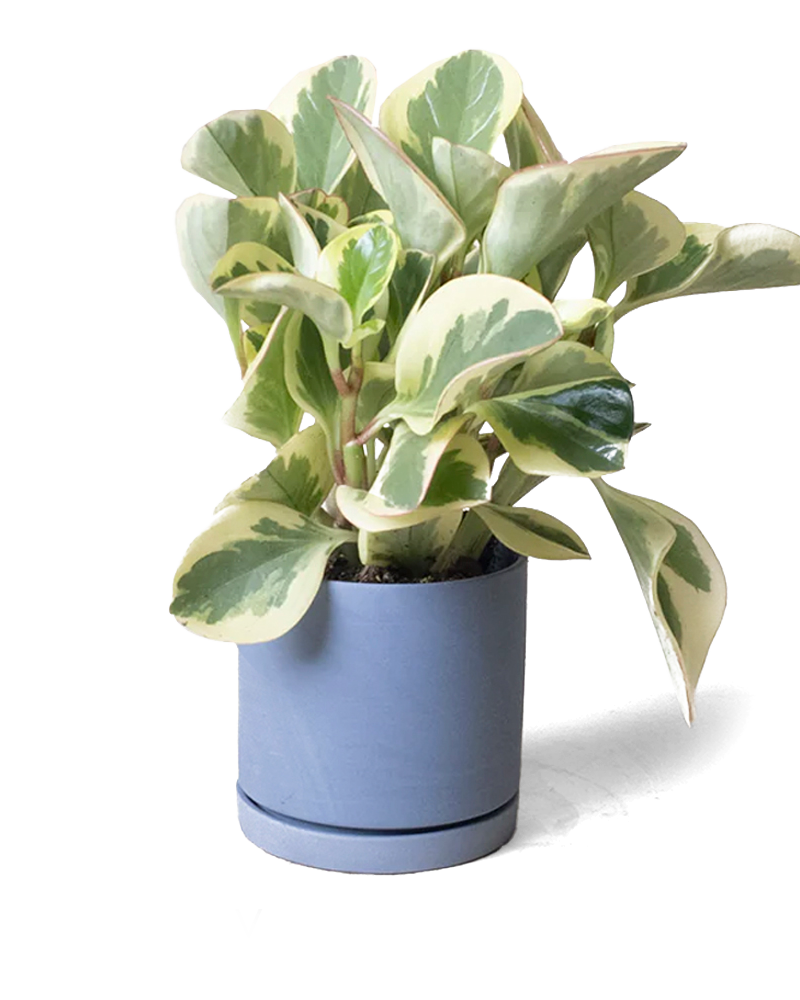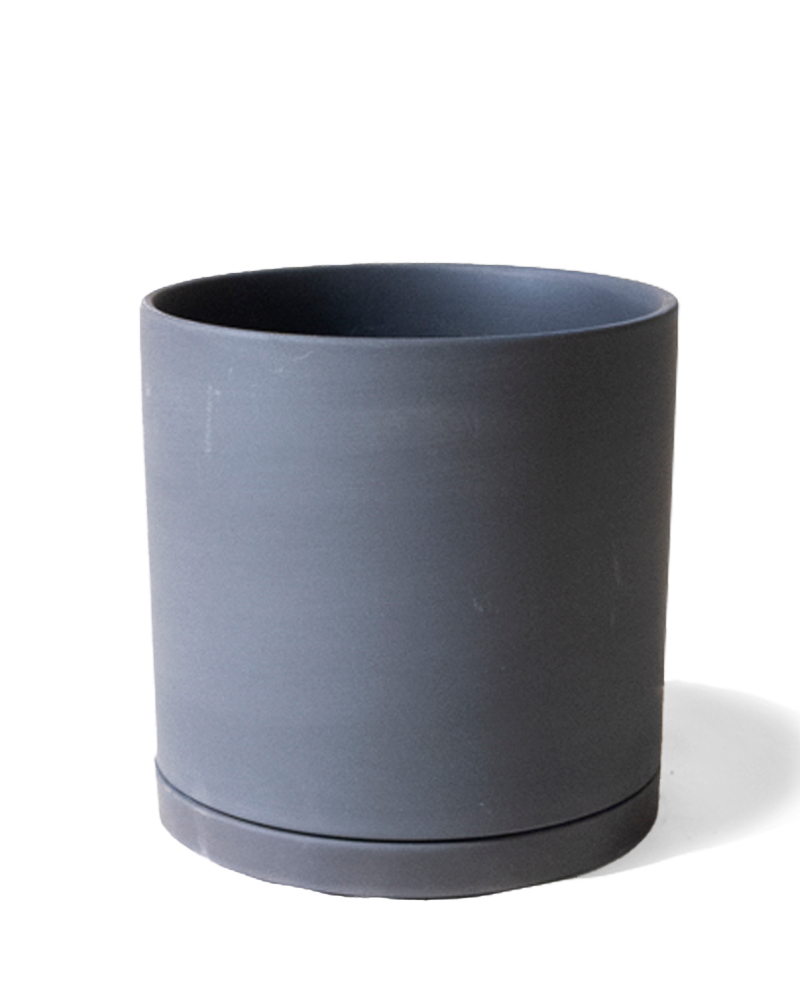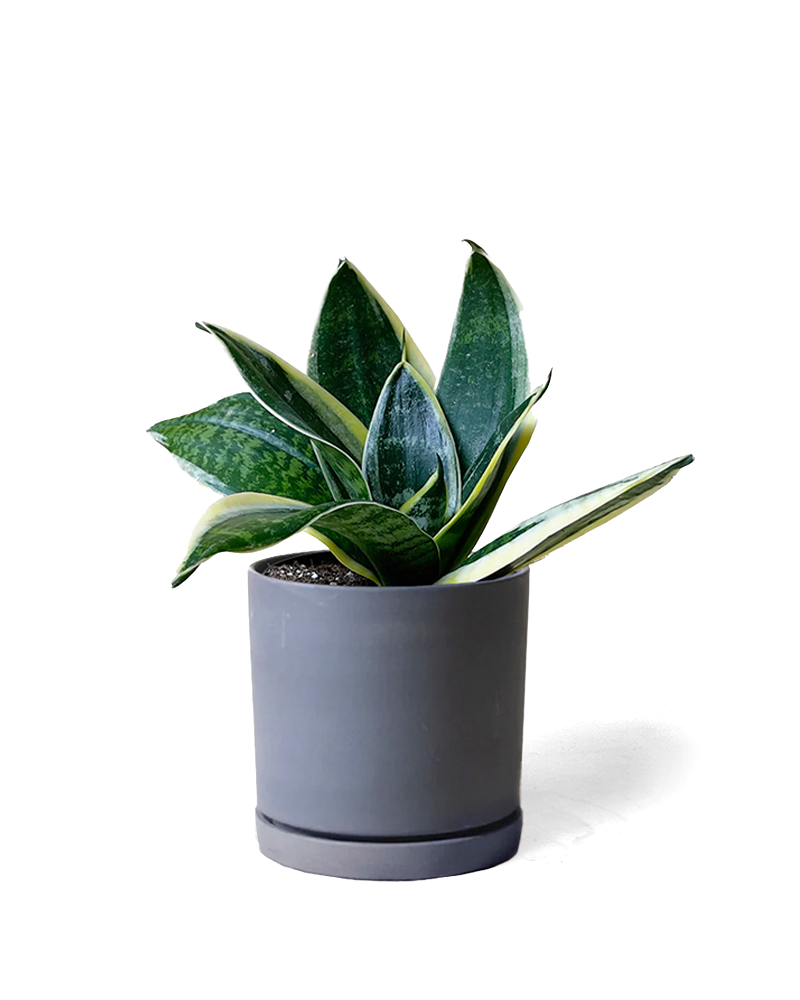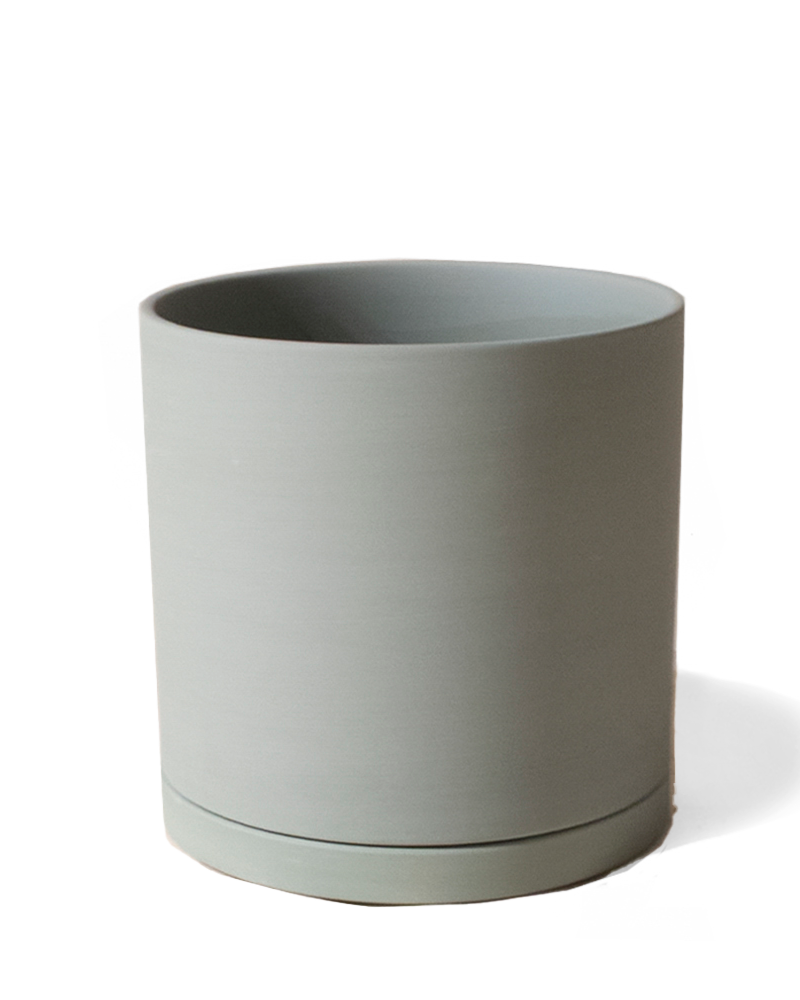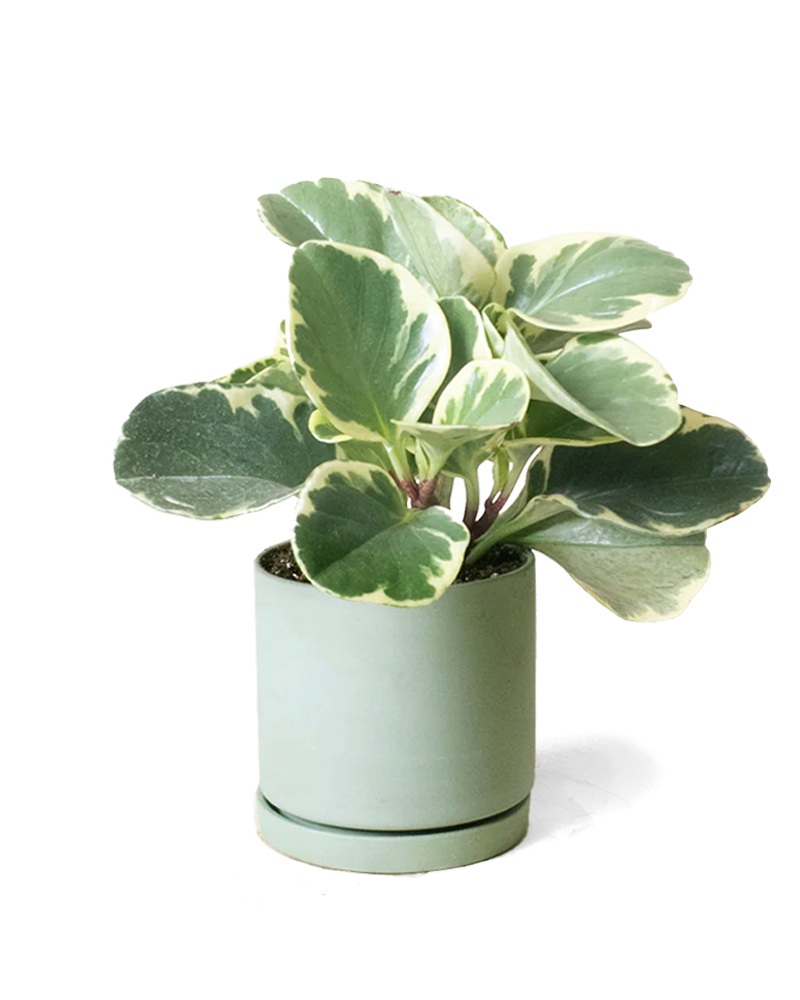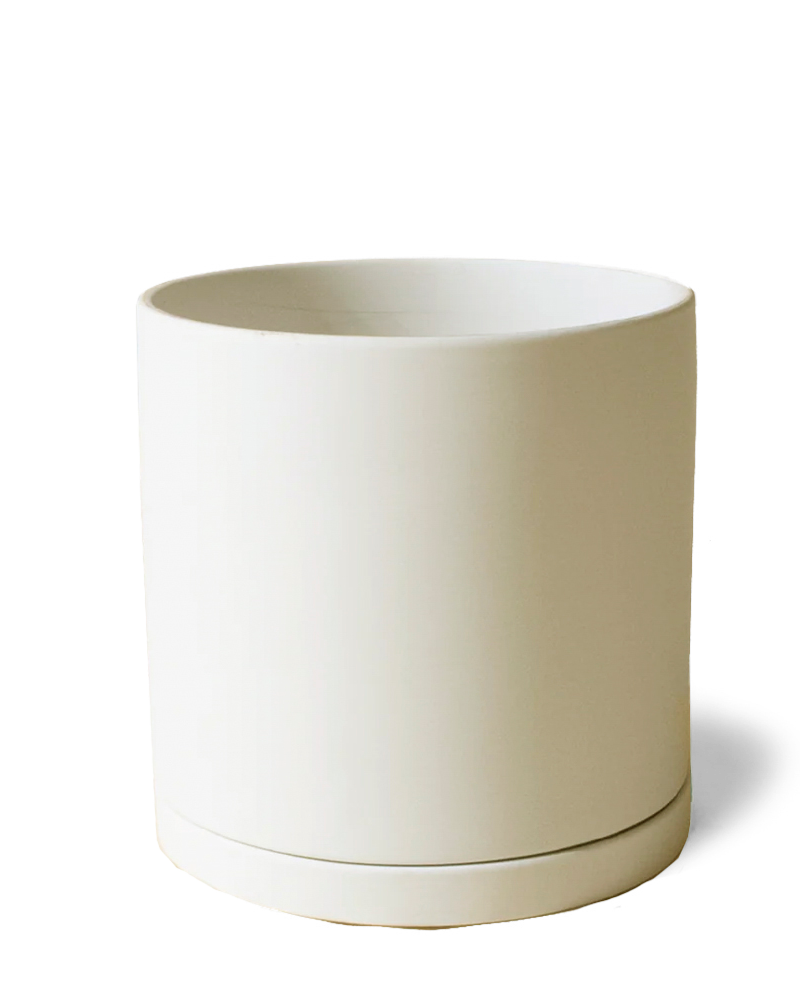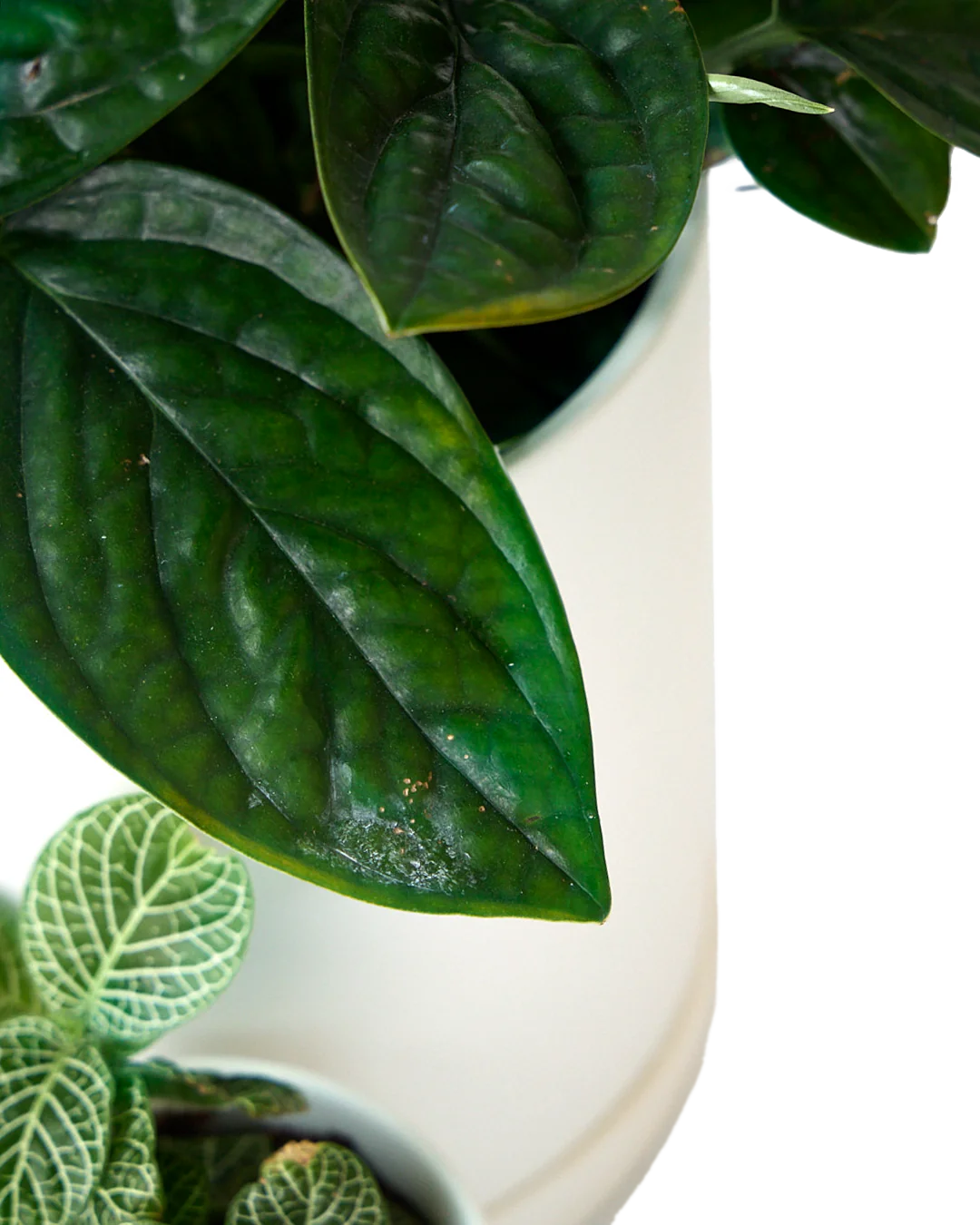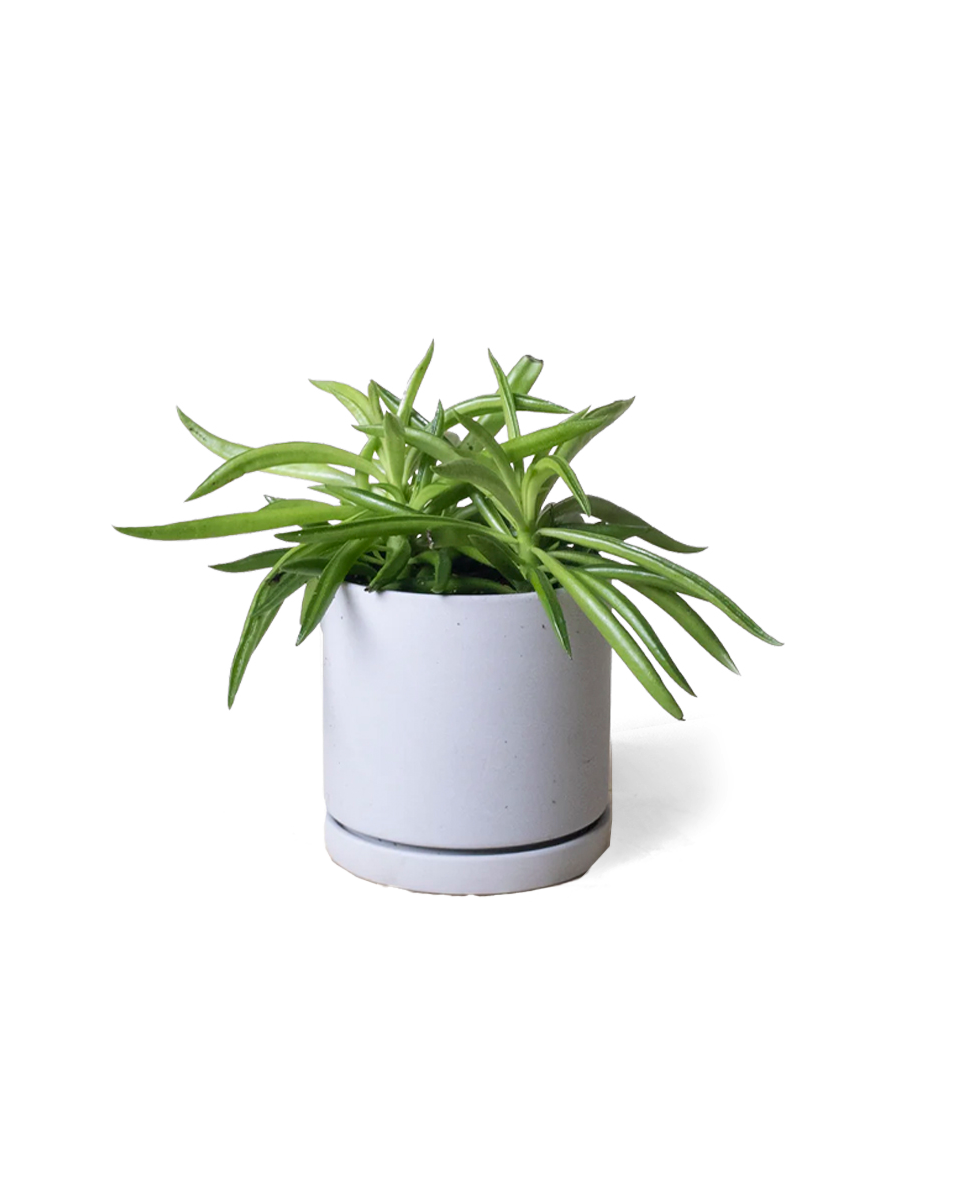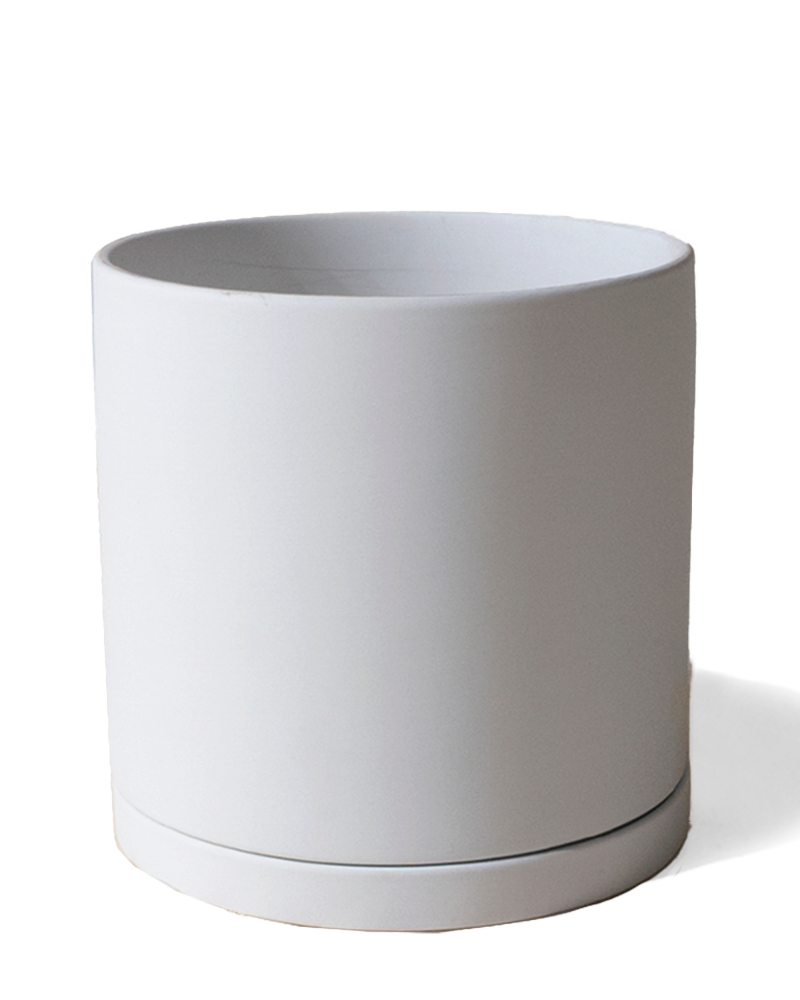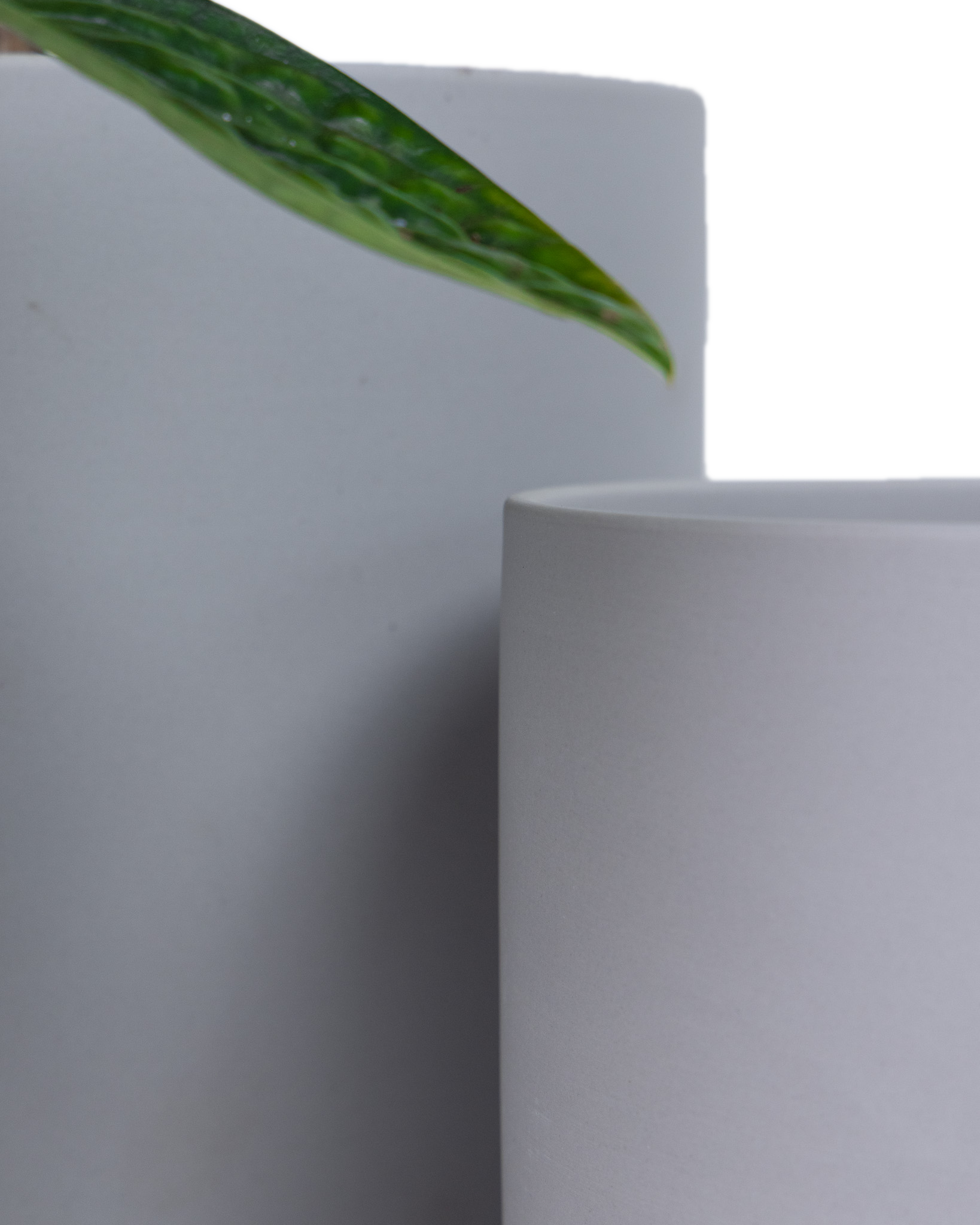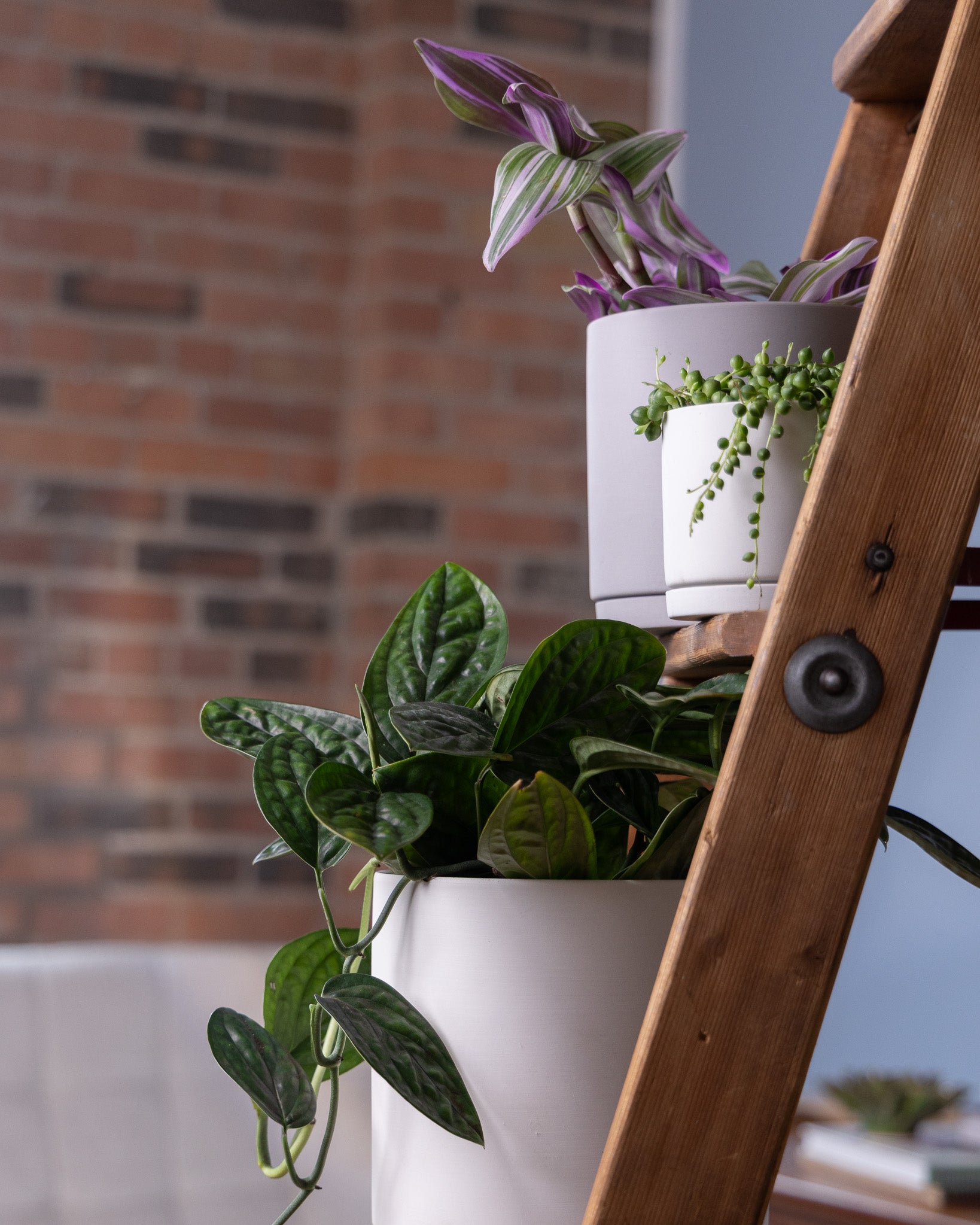In the quiet hours of morning, while most neighbors slumber peacefully in their beds, one can often find the dedicated gardener hunched over a collection of glass jars, examining roots with the concentration of a heart surgeon. The ritual of plant propagation has become something of an obsession in certain households, turning ordinary kitchens into makeshift botanical laboratories. Water-filled mason jars line windowsills like soldiers at attention, each containing some hopeful cutting awaiting its chance at a new life.
The beauty of plant propagation lies in its simplicity. A pair of clean scissors, a willing plant, and a container of water are all that stand between failure and horticultural success. The process transforms ordinary plant owners into creators, multiplying their leafy companions without spending a single additional penny at the garden center.
Snake Plant Propagation
The snake plant, that stoic sentinel of neglected corners, submits to propagation with remarkable patience. Those long, sword-like leaves, when sliced into sections and placed in water, will eventually—emphasis on eventually—send out the tiniest thread-like roots. The process requires the patience of a monk. Days pass. Weeks pass. The water may need changing several times before any signs of progress appear.
"My grandmother's snake plant cuttings took three months to root," a plant enthusiast once confessed at a neighborhood garden exchange. "I'd almost given up and thrown them away when I noticed the first white tendrils. Now I have seventeen snake plants and counting."
The trick with snake plants involves remembering which end goes down—always the end that was closest to the soil in its previous life. Upside-down cuttings simply float in perpetual limbo, neither dying nor rooting, just existing in a state of botanical confusion.
Basil Propagation in Water
Basil, unlike its more stubborn houseplant cousins, practically leaps into reproduction. A simple stem cutting placed in water will develop roots within days, transforming a grocery store herb purchase into a perpetual supply of pesto possibilities.
Garden enthusiasts often find themselves with mason jars of basil cuttings lining their kitchen windows by mid-summer, each one sprouting an impressive mane of white roots. The transformation from cutting to rooted plant happens with such enthusiasm that one might suspect the basil actually prefers water to soil.
"Watch them closely," warns a local herb grower who supplies restaurants throughout the region. "Once those roots reach about an inch long, they need soil. Wait too long, and the water roots become too adapted to their aquatic lifestyle and struggle with the transition."
How to Propagate Succulents
Succulent propagation feels like witnessing a small miracle. A single leaf, when laid upon dry soil, will eventually sprout tiny pink roots and a miniature replica of the parent plant. The process defies logic—how can something grow from seemingly nothing?
Patience becomes the gardener's greatest virtue when propagating succulents. Days might pass with no visible change, then suddenly one morning—a microscopic plant appears at the base of the leaf. The original leaf slowly withers away, having transferred its life force to the newcomer.
Most experienced growers recommend allowing succulent leaves to callous over for a day or two before placing them on soil. This brief drying period prevents rot and increases the chances of successful propagation. The process requires no water at all until tiny roots begin seeking soil—nature's perfect water conservation system.
Pothos Stem Cutting Propagation
The pothos plant, that forgiving friend of brown-thumbed gardeners everywhere, propagates with almost embarrassing ease. A cutting with just one leaf and a node (that small brown bump on the stem) will root within days when placed in water. The rapid development of its white, threadlike roots provides nearly instant gratification in a hobby otherwise characterized by patience.
Watching pothos roots develop becomes somewhat addictive. Each day brings new growth, visible progress in an otherwise slow-moving activity. Before long, what started as a single cutting becomes a full jar of tangled white roots, ready for potting.
"I started with one small pothos plant three years ago," admits a collector who now has pothos vines draping every available surface in her apartment. "Now I give them away as gifts. Friends have learned to expect a baby pothos for every birthday and holiday."
Plant Propagation Station and How Often to Change the Water
The dedicated plant propagator eventually graduates from random jars scattered throughout the house to a proper propagation station. These range from simple glass test tubes in wooden stands to elaborate multi-tiered setups with specialized grow lights.
Water clarity becomes an obsession among serious propagators. Some change the water daily, treating their cuttings with the care of premature infants. Others subscribe to a weekly schedule, marking their calendars with the solemn duty. The truth lies somewhere in between—change the water when it looks cloudy, typically every 3-5 days.
How to Propagate Plants
The secrets of successful plant propagation aren't actually secrets at all. Clean cuts, appropriate vessels, fresh water, and patience comprise the entire formula. Yet somehow, the process retains its magical quality, turning ordinary plant owners into multiplication wizards.
Most houseplants fall into one of two categories: those that root easily in water (pothos, philodendron, tradescantia) and those that prefer the callous-and-soil method (succulents, cacti). Learning which category houses your favorite plants marks the difference between propagation success and a jar of slowly rotting stems.
Propagating in Water
Water propagation offers the unique pleasure of visible progress. The daily inspection of developing roots provides a small dose of garden therapy, a moment of anticipation and discovery in otherwise ordinary days.
For best results, rainwater or filtered water often outperforms tap water, which may contain chemicals that inhibit root development. Room temperature water beats cold, and clear glass containers allow light to reach developing roots while simultaneously permitting the gardener to monitor progress without disturbing the cutting.
In the end, plant propagation transforms ordinary plant owners into creators, providers of new life. The simple act of snipping and rooting connects modern gardeners to an ancient tradition of multiplication and sharing. Each successful cutting represents not just a new plant but a small triumph—proof that with minimal effort and supplies, anyone can participate in the ongoing miracle of creation.
Ceramic Confessions
After twenty-one years molding whimsical planters, one develops an eye for people who'll purchase utterly unnecessary pottery. The Chive operation now supplies 8,000 shops globally from our Queen Street laboratory in Toronto, where ceramic experiments await public judgment.
The annual Chelsea Flower Show pilgrimage involves nodding enthusiastically at returning customers while pretending to recognize British celebrities who could be politicians or contestants from some obscure gardening program.
Let's Propagate by Verte RX elicits genuine excitement despite years in the business. Watching new roots form in this ceramic miracle delivers satisfaction comparable to solving world hunger or finally understanding how to fold fitted sheets properly.



